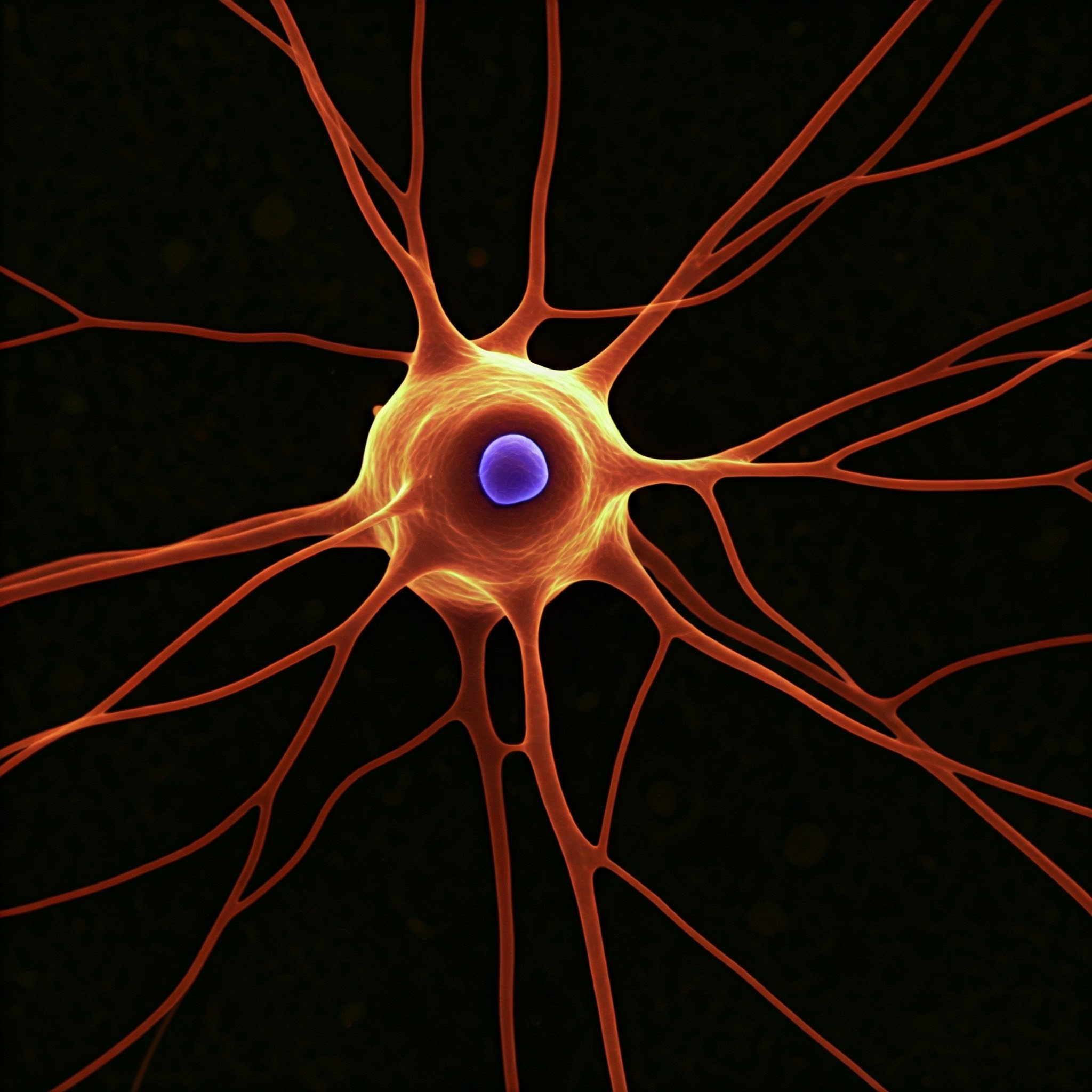In order to convert one type of cell to another, such as a skin cell to a neuron, the skin cell must first be induced into a “pluripotent” stem cell and subsequently develop into a neuron. Now, MIT researchers have developed a streamlined method that turns a skin cell straight into a neuron, avoiding the stem cell stage.
The researchers created a highly effective conversion technique using mouse cells that can generate over ten neurons from a single skin cell. This method might make it possible to produce a lot more motor neurons in human cells, which might be utilized to treat individuals with spinal cord injuries or illnesses that affect their ability to move about.
We were able to get to yields where we could ask questions about whether these cells can be viable candidates for the cell replacement therapies, which we hope they could be. That’s where these types of reprogramming technologies can take us.
Katie Galloway
The researchers demonstrated that they could produce motor neurons and engraft them into mice’s brains, where they merged with host tissue, as a preliminary step toward using these cells as a therapeutic.
The novel approach is described in two publications published today in Cell Systems, of which Galloway is the senior author. The principal author of both works is Nathan Wang, a graduate student at MIT.
Scientists in Japan demonstrated nearly two decades ago that they could convert skin cells to become induced pluripotent stem cells (iPSCs) by introducing four transcription factors into the cells. iPSCs have the ability to differentiate into a wide variety of cell types, just like embryonic stem cells. Although this method is effective, it takes a few weeks, and many of the cells do not fully develop into mature cell types.
Oftentimes, one of the challenges in reprogramming is that cells can get stuck in intermediate states,
So, we’re using direct conversion, where instead of going through an iPSC intermediate, we’re going directly from a somatic cell to a motor neuro
Katie Galloway
This kind of direct conversion has previously been shown by Galloway’s research team and others, but the yields were extremely low less than 1%. Galloway combined two more proteins that promote cell proliferation with six transcription factors in her earlier research. Since each of those eight genes was introduced using a different viral vector, it was challenging to guarantee that each gene was expressed in each cell at the appropriate amount.
Galloway and her students presented a method in the first of the new Cell Systems that simplifies the procedure such that skin cells can be transformed into motor neurons with just three transcription factors and the two genes that cause cells to proliferate rapidly.
The researchers began by removing each of the initial six transcription factors from mouse cells one at a time until they found a combination of three that could successfully finish the conversion to neurons: NGN2, ISL1, and LHX3.
By reducing the number of genes to three, the scientists could guarantee that every cell expresses each gene at the appropriate amounts by delivering all three of them with a single modified virus.
The researchers additionally introduced genes expressing p53DD and a mutant form of HRAS using a different virus. A far larger yield of neurons, almost 1,100 percent, is made possible by these genes, which cause the skin cells to proliferate numerous times before they begin to transform into neurons.
If you were to express the transcription factors at really high levels in nonproliferative cells, the reprogramming rates would be really low, but hyperproliferative cells are more receptive. It’s like they’ve been potentiated for conversion, and then they become much more receptive to the levels of the transcription factors.
Katie Galloway
Using human cells, the researchers also created a slightly different transcription factor combination that enabled them to carry out the same direct conversion, albeit with a reduced efficiency rate; they estimate it to be between 10 and 30 percent. This procedure takes roughly five weeks, which is a little quicker than first transforming the cells into iPSCs and then neurons.
In the second Cell Systems publication, the researchers focused on the best methods for delivering the genes after determining the best combination to deliver.
After testing three distinct delivery viruses, they discovered that a retrovirus had the highest conversion rate. The total yield of motor neurons was also increased by decreasing the cell density cultivated in the plate. A yield of over 1,000 percent was attained by this refined procedure, which takes roughly two weeks in mouse cells.
The researchers subsequently investigated the possibility of successfully engrafting these motor neurons into mice in collaboration with their Boston University colleagues. They transported the cells to the striatum, a region of the brain important in motor control and other processes.
Many of the neurons had survived and appeared to be connecting with other brain cells, the researchers discovered after two weeks. These cells displayed detectable electrical activity and calcium signaling when cultured in a plate, indicating the capacity for neuronal communication. Now, the researchers want to investigate the potential for spinal cord implantation of these neurons.
In order to generate vast amounts of neurons that could be utilized to treat spinal cord injuries or disorders that impact motor control, like ALS, the MIT team also intends to improve the efficiency of this technique for human cell conversion. Although ALS is now being treated in clinical trials with neurons produced from iPSCs, Galloway argues that increasing the number of cells available for such treatments should facilitate testing and development for broader human usage.
The National Science Foundation Graduate Research Fellowship Program and the National Institute of General Medical Sciences provided funding for the study.
Source: Massachusetts Institute of Technology
Journal References:
- Wang, Nathan B et al. “Proliferation history and transcription factor levels drive direct conversion to motor neurons.” Cell systems, 101205. 11 Mar. 2025, DOI: 10.1016/j.cels.2025.101205.
- Wang, Nathan B et al. “Compact transcription factor cassettes generate functional, engraftable motor neurons by direct conversion.” Cell systems, 101206. 10 Mar. 2025, DOI: 10.1016/j.cels.2025.101206.
Last Modified:
Graduated from the University of Kerala with B.Sc. Botany and Biotechnology. Attained Post-Graduation in Biotechnology from the Kerala University of Fisheries and Ocean Science (KUFOS) with the third rank. Conducted various seminars and attended major Science conferences. Done 6 months of internship in ICMR – National Institute of Nutrition, Hyderabad. 5 years of tutoring experience.






